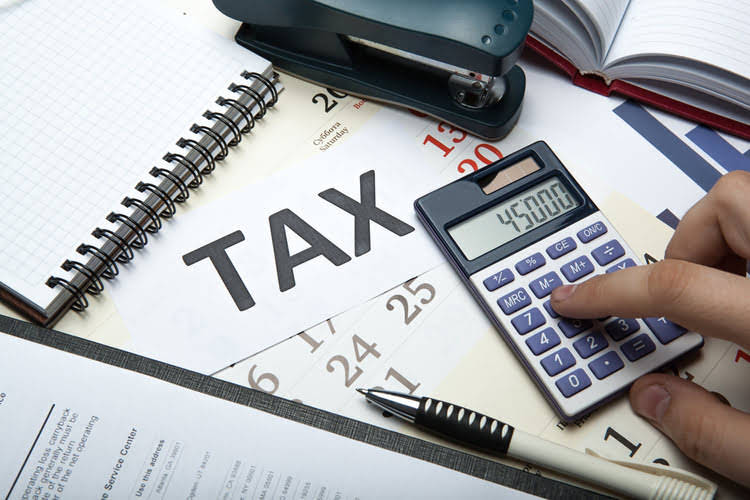
The historical cost principle has been used for centuries and can be traced back to the earliest accounting practices. One of the earliest known records of the use of historical cost accounting is from the ancient civilization of Mesopotamia, where merchants used clay tablets to record transactions and keep track of their assets and liabilities. In 2024, the fair market value of that equipment has increased What is bookkeeping to $130,000, due to higher prices for goods that the manufacturer is making and supply chain issues in getting that particular piece of equipment.

The Historical Cost Principle
Using the cost principle will still record the original cost of the asset. Over the last 11 years, the machinery’s value has depreciated to around $5,000. The cost of $25,000 is still recorded on the balance sheet, and the depreciation of $20,000 appears as ($20,000) on the statement. A music company purchases the copyright to a movie from an independent filmmaker. The newly purchased asset should be recorded at the cost of the purchase itself. However, because the copyright is an intangible asset, it is not recorded on the balance sheet whatsoever.

Importance of Historical Cost Concept

The acquisition was made 15 years ago; however, in the current market, the building is worth over $12,000,000. Using assets that are acquired without purchase can be a challenge when using the cost principle. The cost would be recorded as the value offered by the dealership for the trade-in, as well as the cash paid on top. GAAP, or the generally accepted accounting principles, consists of 10 different principles. Being able to determine the value of an asset objectively is a consistent accounting method. It is also the easiest way to determine an asset’s value, making it widely accepted among accountants.
205-16 Gains and losses on disposition or impairment of depreciable property or other capital assets.
Using historical cost, businesses can determine the cost of assets, liabilities, and equity at the time of acquisition, enabling managers to make informed decisions based on the business’s financial position. Subsequently, the asset or liability is carried on the balance the cost principle is used sheet at its historical cost, less accumulated depreciation, amortization, or impairment. It means that the recorded value of the asset or liability decreases over time to reflect its decreasing usefulness or value.
- Market conditions can influence asset value greatly, depending on the item.
- However, many stakeholders have expressed concerns about the reliability of fair value measurements and the potential for volatility in financial statements.
- Something that we’ve seen thanks to the pandemic is resource scarcity for vehicle production.
- These limitations and criticisms have led some to question whether the cost principle is the most effective way to value assets.
- In conclusion, understanding the distinction between historical cost and fair market value is crucial for accurately accounting for long-term assets.
- For example, if a company owns a building that has significantly increased in value since it was purchased, the fair value principle would require it to be recorded at its current market value.
205-51 Costs of alcoholic beverages.
The calculation of annual depreciation expense is dependent on the selected depreciation method, including straight-line, sum-of-the-years’-digits (SYD), and units-of-production methods. Regardless of the chosen method, the ultimate goal remains to recognize a consistent, systematic, and rational allocation of an asset’s historical cost over its useful life. Idle capacity means the unused capacity of partially used facilities. A multiple-shift basis may be used in the calculation instead of a one-shift basis if it can be shown that this amount of usage could normally be expected for the type of facility involved. Tangible capital asset means an asset that has physical substance, more than minimal value, Accounting for Marketing Agencies and is expected to be held by an enterprise for continued use or possession beyond the current accounting period for the services it yields.
